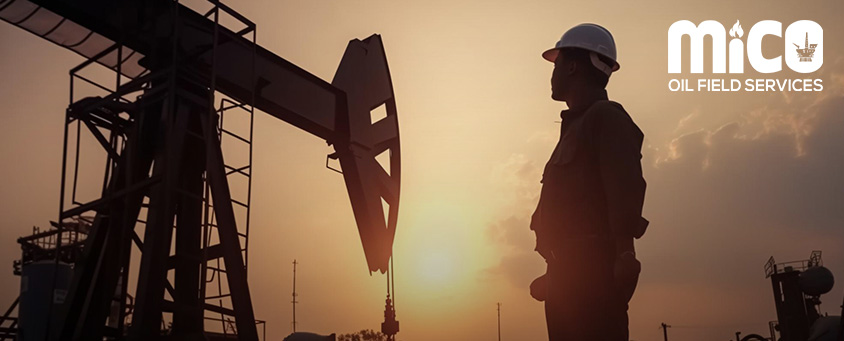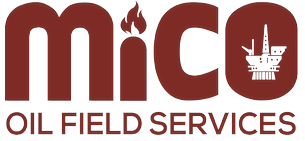In the oil and gas industry, safety remains a cornerstone of operational excellence, particularly in regions like Oman, where the sector contributes significantly to the national economy. Enhancing safety protocols in oilfield operations is not just a regulatory necessity but also a moral and strategic imperative. Oman, with its vast reserves and ambitious energy projects, has been at the forefront of adopting innovative technologies to ensure the well-being of its workforce and the sustainability of its resources. The integration of digital oilfield technology and automation into safety measures has redefined industry standards, offering solutions to mitigate risks and optimize efficiency. These advancements hold profound implications for Oman, where maintaining safety is critical to upholding its reputation as a leader in the energy sector and fostering economic growth.
The oil and gas industry has long been associated with high-risk environments, where ensuring the safety of personnel and the integrity of operations are paramount. In recent years, the advent of digital oilfield technologies and automation has ushered in a new era of safety enhancements, revolutionizing traditional protocols and setting new industry standards.

The Oilfields – A Paradigm Shift in Safety Protocols
Digital oilfield technology integrates advanced data analytics, real-time monitoring, and automation to optimize oil and gas operations. By leveraging Internet of Things (IoT) sensors, artificial intelligence (AI), and machine learning (ML), companies can collect and analyze vast amounts of data from various assets, such as wells, pipelines, and drilling equipment. This integration facilitates real-time decision-making, predictive maintenance, and remote operations, significantly enhancing both efficiency and safety.
Automation: Reducing Human Exposure to Hazards with Safety Protocols
One of the most significant safety benefits of automation in oilfield operations is the reduction of human exposure to hazardous environments. Automated systems can perform tasks that would otherwise require personnel to be physically present in dangerous locations. For instance, remote-controlled drilling rigs and automated wellhead assemblies minimize the need for on-site interventions, thereby reducing the risk of accidents and injuries.
Real-Time Monitoring and Predictive Maintenance
The implementation of IoT sensors and real-time data analytics enables continuous monitoring of equipment health and operational parameters. This capability allows for the early detection of anomalies, facilitating predictive maintenance strategies that prevent equipment failures before they occur. By addressing potential issues proactively, companies can avoid unplanned shutdowns and mitigate safety risks associated with equipment malfunctions.
Case Study: Oman’s Adoption of Digital Oilfield Technologies
Oman has been at the forefront of adopting digital oilfield technologies to enhance safety and efficiency in its oil and gas sector. The development of the Miraah solar thermal project by Petroleum Development Oman (PDO) exemplifies this commitment. Miraah utilizes solar energy to produce steam for enhanced oil recovery (EOR), reducing the reliance on natural gas and minimizing the environmental footprint of oil extraction processes. This innovative approach not only improves operational efficiency but also enhances safety by reducing the risks associated with conventional steam generation methods.

What are the key challenges in ensuring safety in oilfield operations in Oman?
Oman’s oilfields face challenges such as extreme environmental conditions, high-pressure operations, and the risk of equipment failure. These factors necessitate robust safety protocols to prevent accidents and ensure operational continuity.
How is digital oilfield technology enhancing safety protocols in Oman?
Digital oilfield technology leverages IoT, AI, and real-time data analytics to monitor equipment and operational conditions. These technologies enable predictive maintenance, remote monitoring, and automation, reducing the need for human intervention in hazardous environments.
What is the significance of automation in improving safety in Oman’s oilfields?
Automation minimizes human exposure to risky environments by using machines and remote-controlled systems to perform tasks. This not only reduces accident rates but also enhances overall operational efficiency in Oman’s oilfields.
How do enhanced safety protocols impact Oman’s oil and gas sector in the long term?
Enhanced safety protocols ensure a safer work environment, reduce operational disruptions, and foster sustainable practices. This contributes to the sector’s long-term viability, supports Oman’s economic growth, and aligns with global energy industry standards.
The integration of digital technologies in oilfield operations has reached a pivotal juncture, particularly in regions like Oman and the broader Gulf Cooperation Council (GCC). While the adoption of digital oilfield solutions has led to significant safety and efficiency improvements, the market is approaching saturation, with many companies having already implemented these technologies.
Despite this saturation, the demand for advanced safety protocols remains robust. Continuous innovation is essential to address emerging challenges and to maintain a competitive edge. In Oman and the GCC, there is a growing emphasis on sustainability and environmental responsibility, driving the need for technologies that not only enhance safety but also reduce environmental impact.
The scope for further advancements in safety protocols is substantial. Future developments may include the integration of AI-driven predictive analytics, more sophisticated automation systems, and the expansion of digital twin technologies to create virtual replicas of physical assets for enhanced monitoring and decision-making. By embracing these innovations, companies in Oman and the GCC can continue to lead in operational safety and efficiency, setting benchmarks for the global oil and gas industry.







